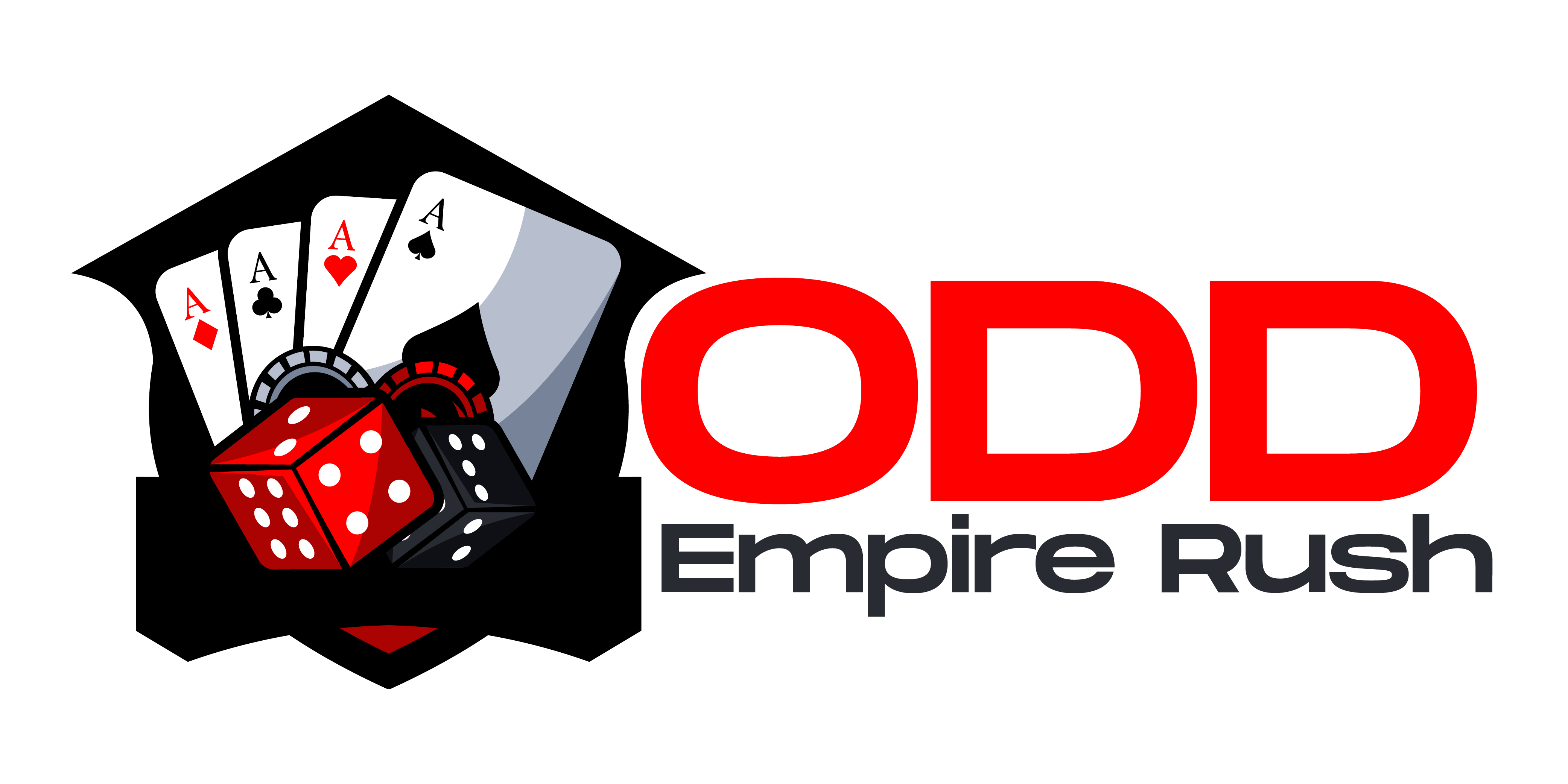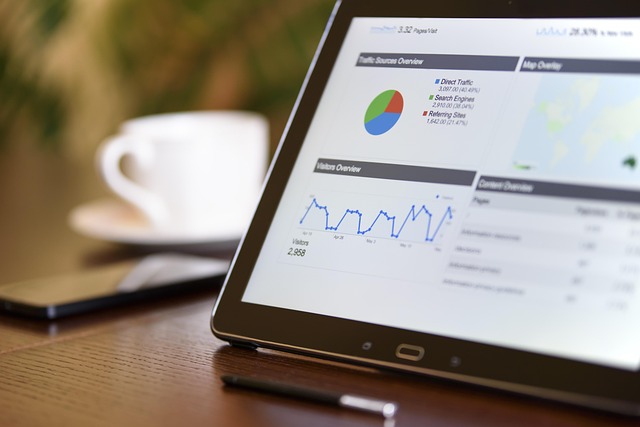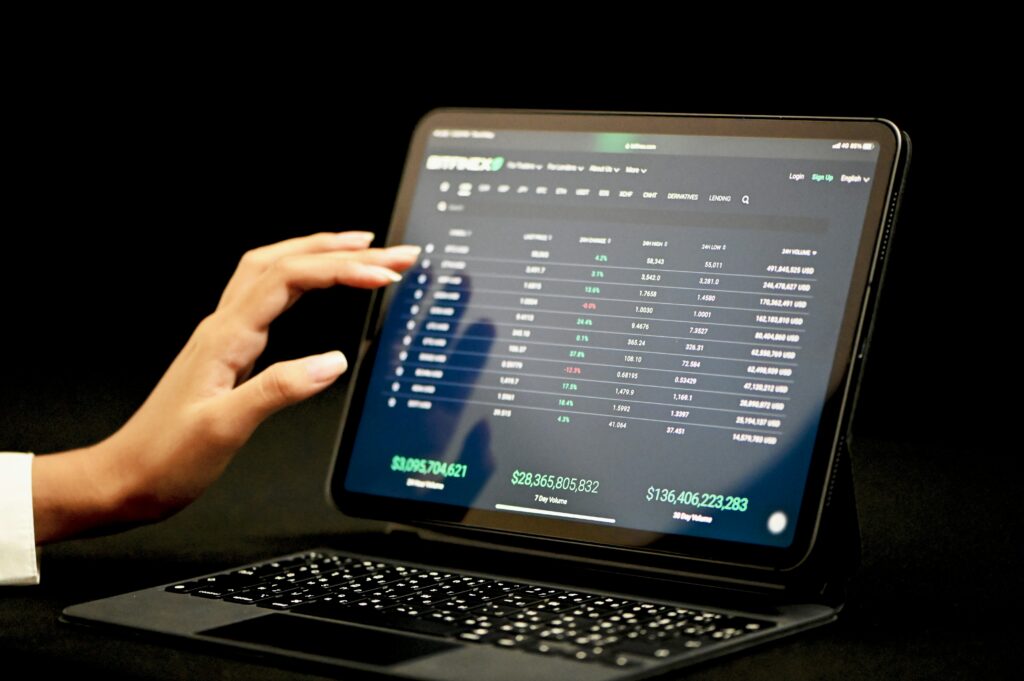Introduction: Betting’s Brain Upgrade
The betting world used to rely on instinct, gut feeling, and basic stats. Not anymore. Data analytics is now the backbone of both setting the odds and beating them. Bookmakers are packing their models with real-time injury reports, historical trends, weather patterns—anything that can sharpen the spread. On the other side, bettors are running scripts, scraping odds, tracking line movement, and building their own predictive models from open-source data.
What’s changed is speed and scale. Algorithms don’t sleep. They process outcomes, identify patterns, and spit out smart predictions before a human has time to blink. This upgrade means tighter margins and fewer mistakes, but also a more competitive edge—for those who know how to use it.
The result? A betting ecosystem that’s faster, more accurate, and more dynamic than ever. Whether you’re a sportsbook manager or a weekend punter, data is no longer optional. It’s the game.
How Bookmakers Use Data Analytics
Modern bookmakers rely heavily on data analytics to shape betting markets and protect their margins. With access to deeper insights than ever before, they can fine-tune odds, respond to live variables, and manage risk with increased precision.
Smarter Odds Through Historical Data and Machine Learning
Gone are the days of setting odds solely based on expert intuition. Bookmakers now use massive historical datasets and advanced machine learning algorithms to:
- Identify patterns in team or player performance across seasons
- Predict likely outcomes based on similar historical matchups
- Weight recent trends more heavily in specific betting markets
By analyzing trends and outcome probabilities, odds can be priced more accurately—and with greater consistency.
Embracing Dynamic Pricing
Betting lines are no longer static. Thanks to real-time analytics, odds can change on the fly:
- Game flow: Changes in momentum, possession, or scoring impact betting lines immediately
- Injuries or fouls: These introduce uncertainty, prompting algorithms to update odds mid-event
- Weather conditions: For sports like golf or football, conditions can shift expectations dramatically
This dynamic pricing approach allows bookmakers to stay competitive and tighten their margins while minimizing exposure to value bets made on stale odds.
Risk Profiling and Behavior Tracking
To protect against potential losses, sportsbooks also conduct ongoing risk profiling. This means tracking customer behaviors to spot irregularities and fine-tune exposure:
- Monitoring betting patterns to identify sharp bettors or syndicate activity
- Flagging unusual bet sizes or timing—especially on obscure markets
- Adjusting limits or offering custom lines based on bettor profile
This not only enhances bookmaker security but also feeds better performance into future pricing models.
Ultimately, data analytics isn’t just a feature—it’s the foundation of modern odds-making, allowing platforms to adapt in milliseconds and forecast outcomes with increasing precision.
Bettors Get Smarter Too
The data revolution isn’t just for bookmakers—bettors are evolving quickly, too. Both casual and professional punters now have access to insights that were once exclusive to big sportsbooks. From mobile apps to custom-built models, data is leveling the playing field like never before.
The Rise of Personal Analytics Tools
Personal analytics tools are becoming essential for bettors who want more than just gut instinct. These platforms offer features like:
- Historical performance tracking
- Automated line shopping across multiple sportsbooks
- Bankroll management and performance analytics
- Predictive models tailored to personal strategies
Tools like these are helping everyone from weekend hobbyists to data-savvy high rollers make better-informed decisions.
Understanding Line Shopping and Expected Value
To stay competitive, bettors are digging deep into metrics:
- Line shopping allows users to compare odds across various platforms to find the best value.
- Expected Value (EV) is now core to many strategies—calculating whether a bet is worth placing based on implied probabilities and potential returns.
- Sophisticated betting models are becoming easier to access, offering simulations, predictive insights, and real-time adjustments.
With this kind of framework, betting becomes less guesswork and more objective forecasting.
Real-Life Scenario: Beating the Market with Data
Take the case of a mid-level sports bettor using a custom prediction model and automated line alert system. By tracking odds changes and injury updates across multiple platforms, they:
- Flag value odds within minutes of release
- Avoid emotional bets by sticking to data thresholds
- Outperform public betting trends over the season
The result? Consistent returns well above market average—not through luck, but through structured analysis and disciplined execution.
Data doesn’t guarantee a win every time—but it dramatically increases the chance of betting smart.
In-Play Betting: Where Data Really Flexes
In-play betting is one of the most dynamic areas of the sports betting industry—and it’s where data analytics shows its full potential. Unlike traditional betting, which locks in odds before an event starts, in-play (or live) betting runs on a continuous stream of real-time data, allowing odds to shift as the game unfolds.
Real-Time Decisions Powered by Data
Live events change by the second: a goal, a foul, or an injury can sway the entire outcome. Harnessing real-time data allows sportsbooks to provide bettors with up-to-date markets that reflect these immediate shifts.
Key data points influencing in-play betting include:
- Player and team performance metrics
- Game flow statistics (e.g., possession, shots, turnovers)
- Live event triggers (injuries, substitutions, fouls)
- Environmental conditions (weather, crowd impact)
Odds That Move with the Game
Algorithmic models are at the core of real-time odds adjustments. These models continuously learn and adapt, factoring in both the pre-game data and what’s unfolding during each moment of play.
How algorithmic odds-making works:
- Predictive algorithms estimate the probability of outcomes after every major event
- Odds are recalculated and displayed instantly for users
- Models consider both historical patterns and live data trends
This rapid recalculation gives sportsbooks a competitive edge, while offering value to bettors who can spot inefficiencies or lag in odds updates.
The Infrastructure Behind It All
All of this is made possible by an intricate tech ecosystem working behind the scenes. High-speed data feeds, low-latency networks, and advanced cloud computing combine to keep everything moving in near real-time.
Behind the scenes technology includes:
- Real-time API data providers (e.g., STATS Perform, Sportradar)
- Machine learning engines that integrate historical and in-game stats
- Scalable infrastructure to handle massive live data processing
In-play betting isn’t just a test of luck—it’s increasingly a race of data interpretation. The quicker and more accurately a platform or bettor can read and react to shifting information, the more they can capitalize on the constantly evolving game.
Emerging Markets, Sharper Data
As betting grows beyond traditional strongholds, new regions bring more than just new users—they introduce entirely new data landscapes.
More Regions, More Data
When new markets open, especially in regions like Africa, South America, and parts of Asia, a fresh influx of data becomes available. This isn’t just about numbers—it’s about behavior patterns, betting preferences, and response to odds.
- Increased volume of data from diverse geographies
- Local betting trends offer new opportunities for analysis
- Greater diversity in event types and favored sports
Cultural Context Matters
Raw data, without cultural context, can mislead. Smart analytics accounts for regional habits, holidays, local sports seasons, and even preferred times for betting activity.
- Culturally-calibrated models yield more accurate forecasting
- Local behavior patterns change betting flow and volume
- Time zones and event timings affect peak activity windows
Stay Informed
As markets evolve, so should your understanding of their complexities. Data from emerging regions needs tailored analysis, not just inclusion in existing models.
Read more: Emerging Markets in the Betting Industry
Challenges and Ethical Calls
As data analytics continues to transform the betting industry, it brings not just opportunity but complexity. For every algorithm-driven gain, there’s an emerging risk—and the ethical implications are mounting.
The Pitfall of Too Much Data
Bigger data sets don’t always mean better decisions. One of the major risks is data overload, where both bookmakers and bettors may confuse volume for value.
- Over-reliance on analytics can create a false sense of predictive certainty
- Key variables may be overlooked in favor of surface-level trends
- Misinterpreted data leads to riskier bets and potentially larger losses
Privacy: A Growing Red Flag
Mining user behavior has become a major tactic in offering customized odds, marketing, and betting prompts. But the line between personalization and invasive targeting is razor-thin.
- Customers may not fully understand how much of their behavior is being tracked
- Predictive models use private interaction patterns, not just betting history
- Without transparency, this can quickly erode trust
The Regulation Gap
The explosion of real-time analytics and data-driven targeting has far outpaced existing regulations in many markets. What’s legal isn’t always ethical—and what’s ethical often lacks enforcement.
- Current legal frameworks often don’t cover algorithmic pricing or profiling
- Cross-border platforms complicate jurisdiction and enforcement issues
- Regulators struggle to keep pace with tech innovation and proprietary algorithms
The takeaway? As the betting world becomes more analytical, the ethical and regulatory frameworks must evolve alongside it. Without clear guardrails, the very data that fuels innovation could become a liability.
Conclusion: The Future is (Still) Data-Driven
Betting isn’t just a game anymore—it’s become a high-tech, high-precision industry. On one side, you’ve got the entertainment value: the rush, the parlays, the drama. On the other, you’ve got cold, calculated tech pulling strings under the surface. The modern space sits at the intersection of fun and function, and that’s not changing anytime soon.
What is changing, though, is the toolkit. AI models now test millions of outcomes per second. Real-time simulations build probability maps that shift as fast as a play unfolds. Predictive behavioral data is shaping custom odds, microbets, and targeted incentives on a per-user basis. The line between forecasting and influence is getting blurrier.
Still, all the data and tech in the world can’t fix bad decisions. Whether you’re a sharp bettor or a risk-managing oddsmaker, the edge doesn’t come from the tool—it comes from how you use it. Prediction is power, but only if you’re disciplined enough to wield it right.


 Irving Burnsenal is a contributing author at oddsempirerush.com. With a passion for sports analysis and data-driven writing, he provides readers with clear insights into betting strategies and industry trends.
Irving Burnsenal is a contributing author at oddsempirerush.com. With a passion for sports analysis and data-driven writing, he provides readers with clear insights into betting strategies and industry trends.

